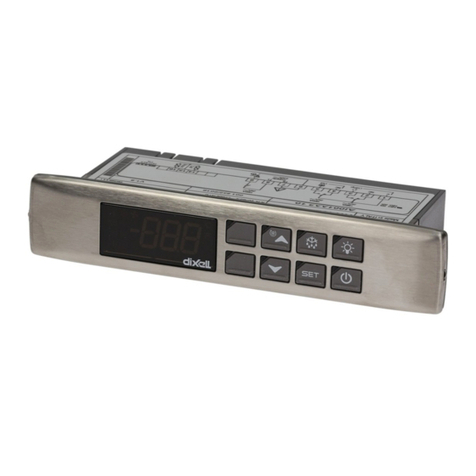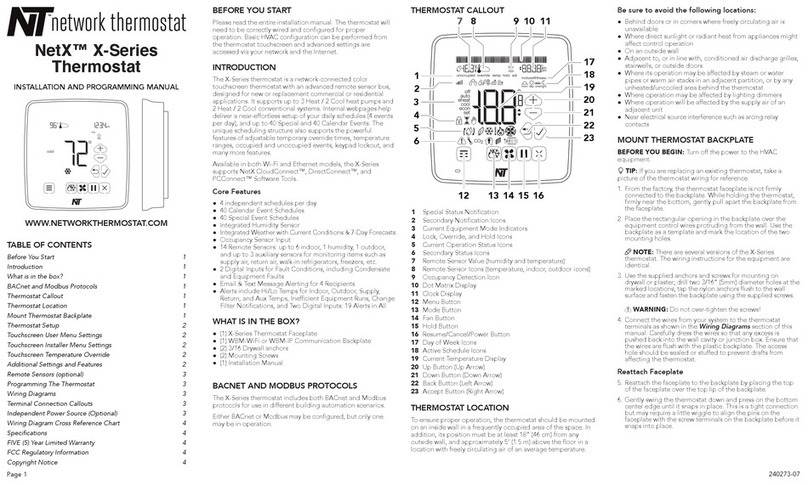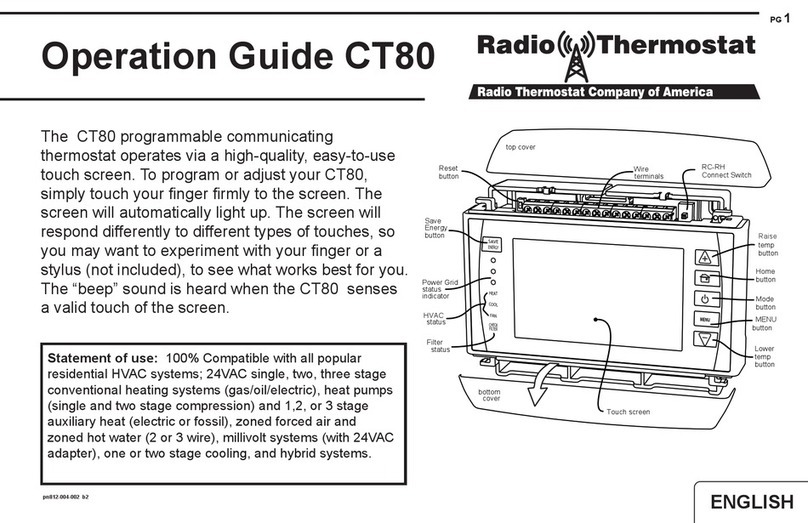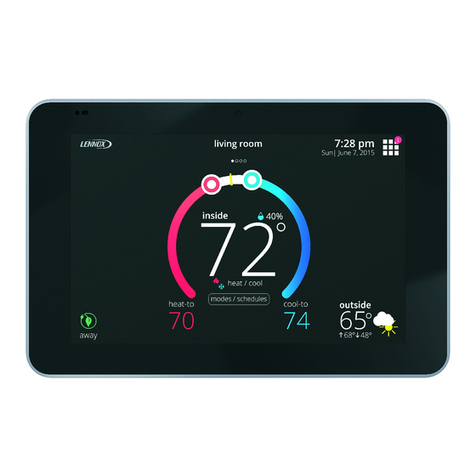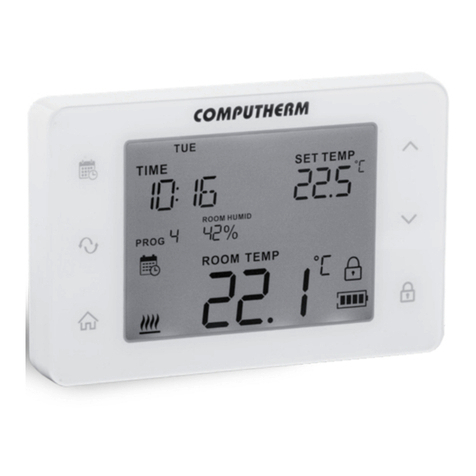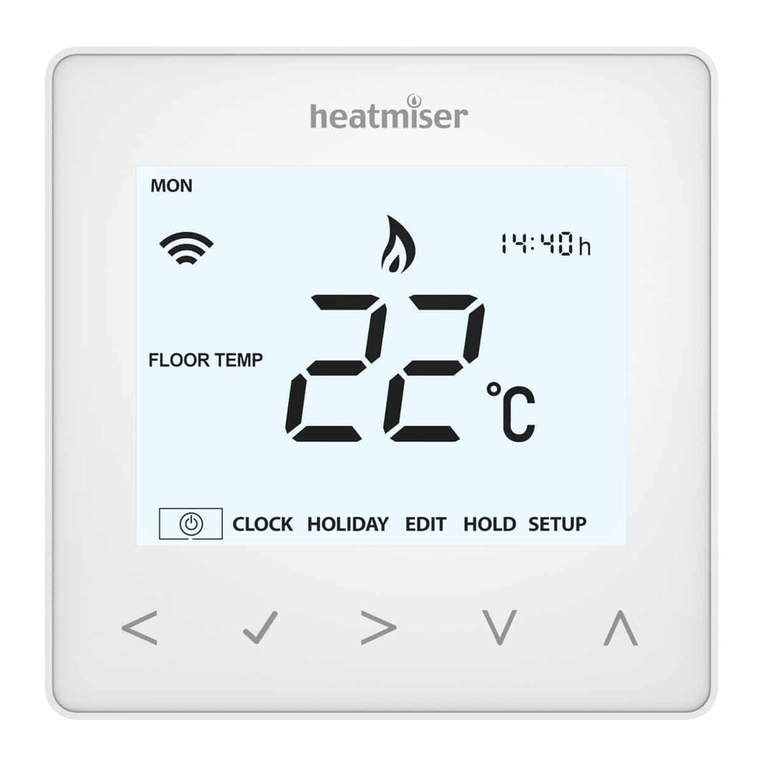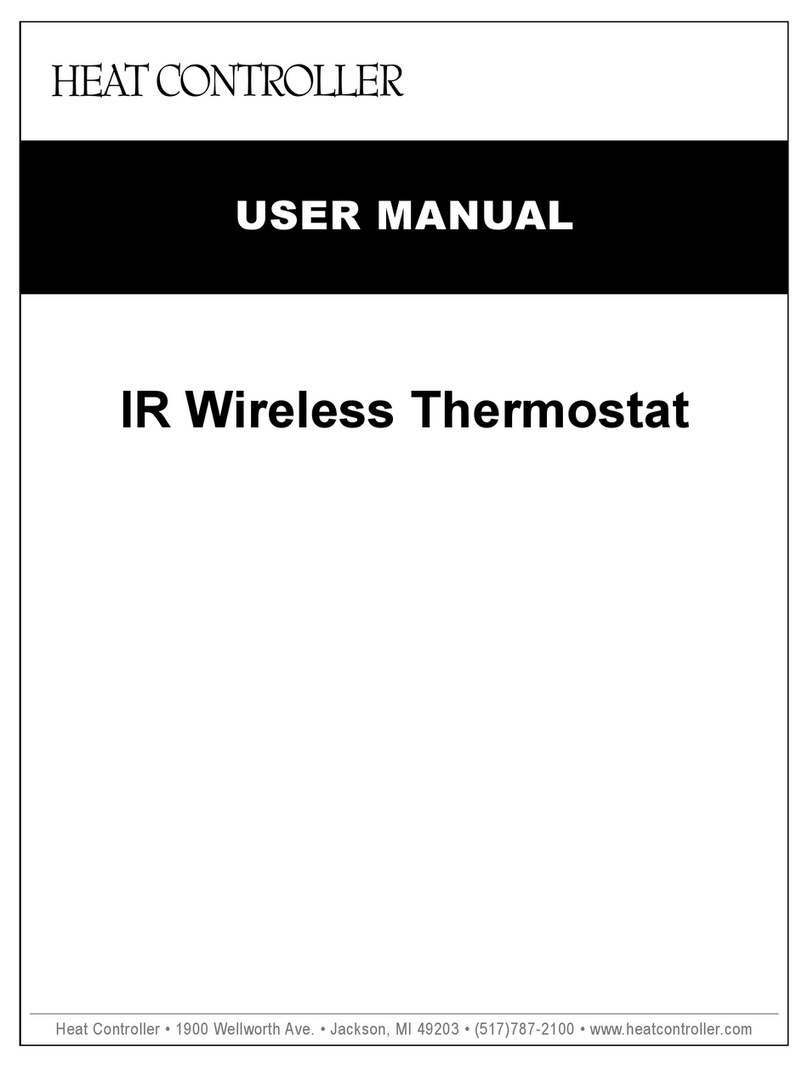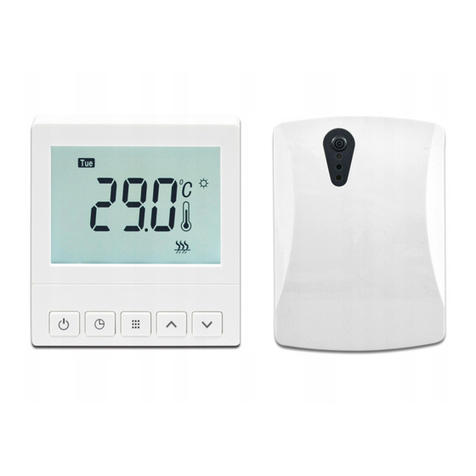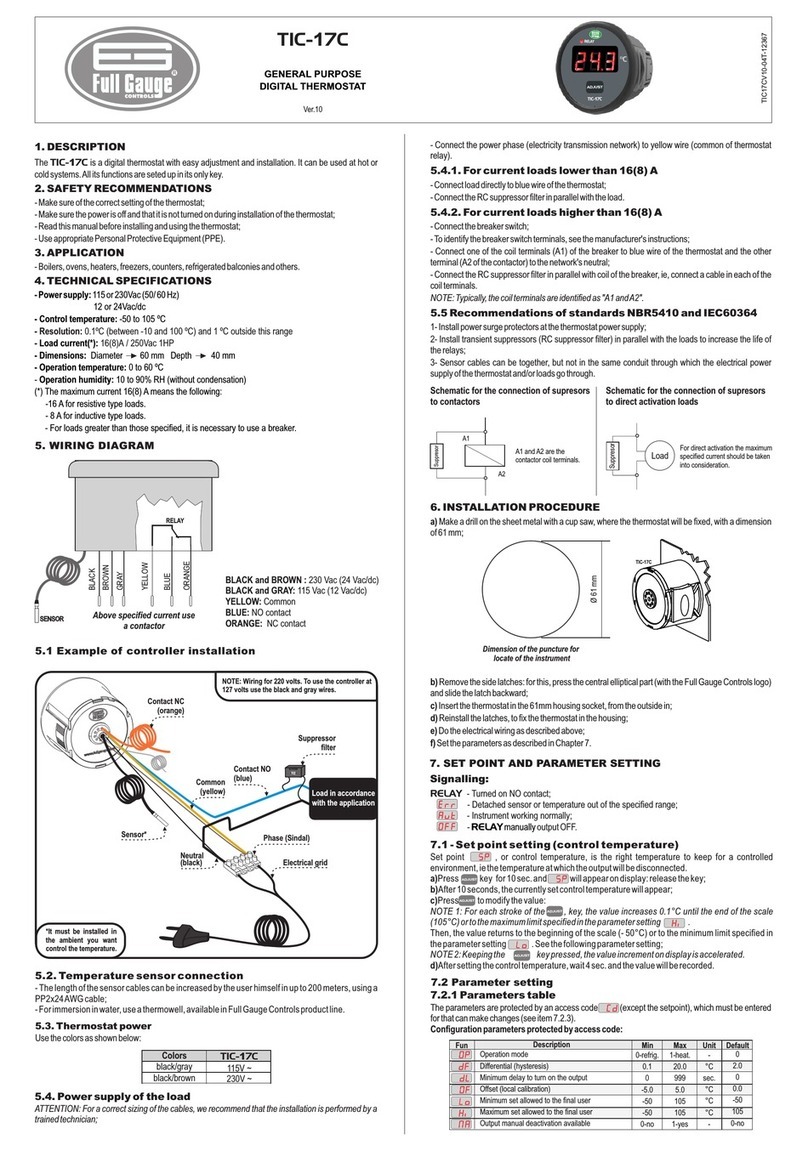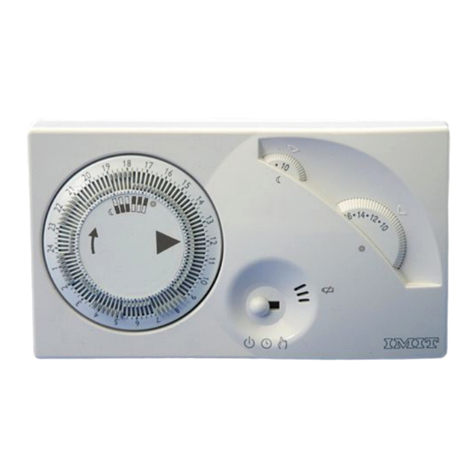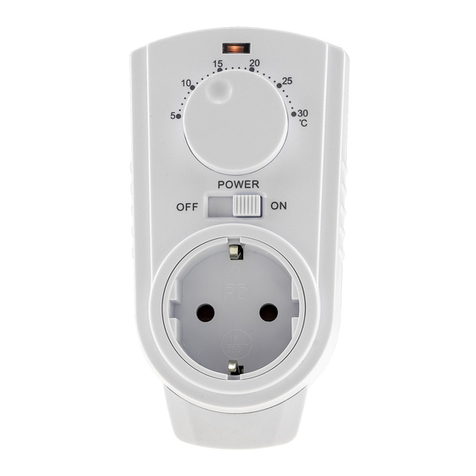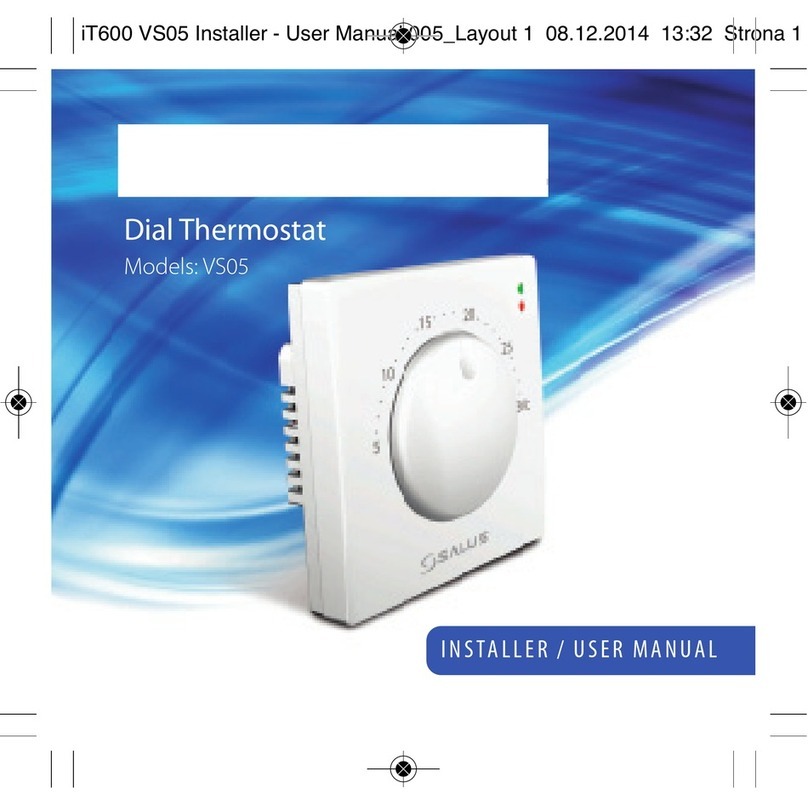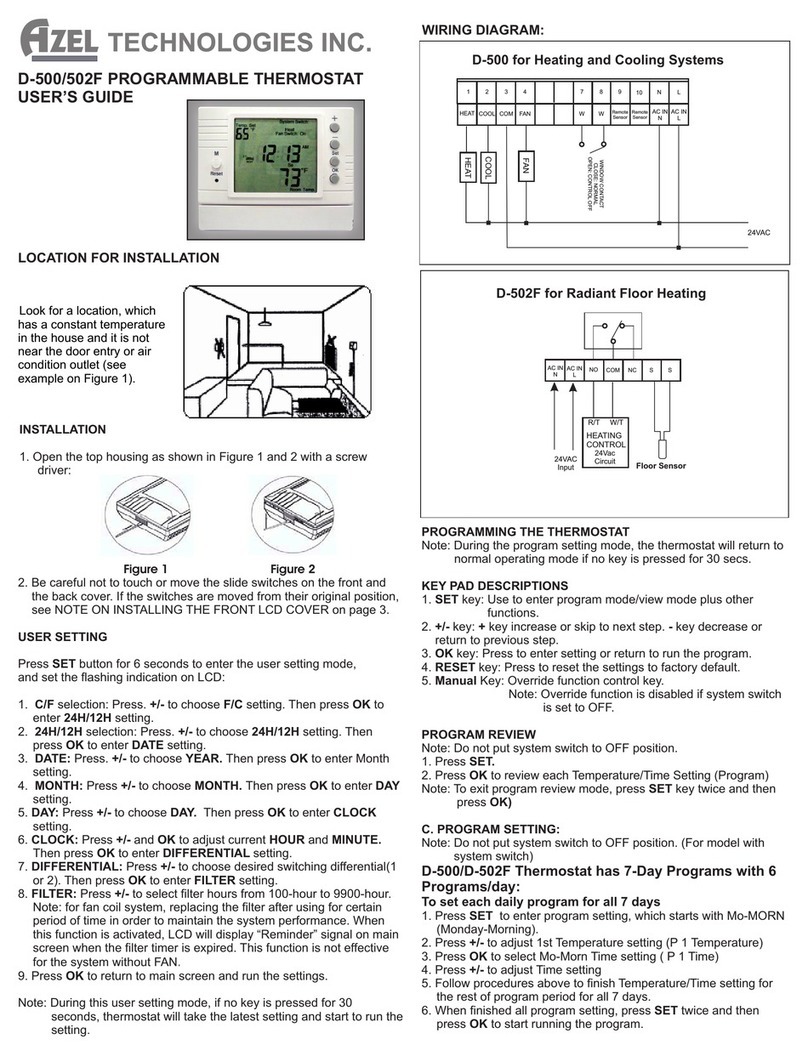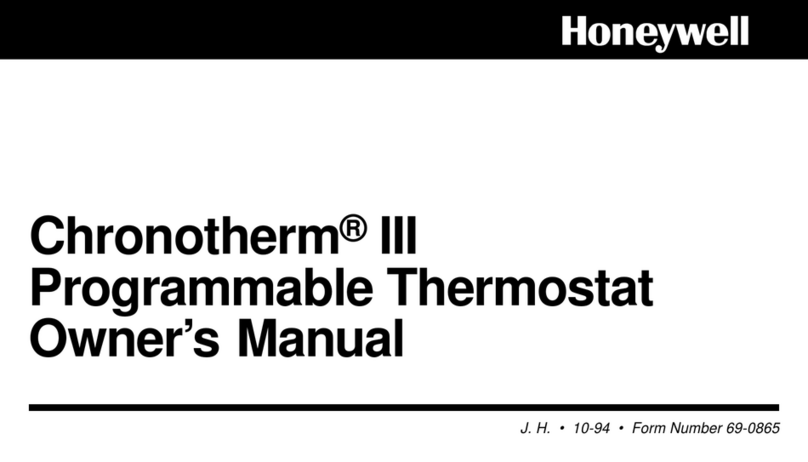In order to include (add) a Z-Wave device to a network it must be in factory default state.
Please make sure to reset the device into factory default. You can do this by performing an
Exclusion operation as described below in the manual. Every Z-Wave controller is able to
perform this operation however it is recommended to use the primary controller of the previous
network to make sure the very device is excluded properly from this network.
Reset to factory default
This device also allows to be reset without any involvement of a Z-Wave controller. This
procedure should only be used when the primary controller is inoperable.
Factory ResetPlease use Factory Reset only when the network primary controller is missing or
otherwise inoperable. To reset to factory defaults, turn the thermostat off by pressing Mode
repeatedly until OFF scrolls across the display, then press and hold the down and up Setpoint
arrows at the same time for 5 sec. If successful, RESET will scroll across the display and the
device will be restored to its default settings.NOTE: If a reset to factory default settings is
performed, all settings including Z-Wave configuration parameter values and temperature
setpoints will return to default values:Heat: 68 Cool: 78 Measure: Fahrenheit Swing: +/- 1 Multi-
stage temp differential: 3 System Type: 2-stage conventional heating & cooling
Inclusion/Exclusion
On factory default the device does not belong to any Z-Wave network. The device needs to be
added to an existing wireless network to communicate with the devices of this network. This
process is called Inclusion.
Devices can also be removed from a network. This process is called Exclusion. Both processes
are initiated by the primary controller of the Z-Wave network. This controller is turned into
exclusion respective inclusion mode. Inclusion and Exclusion is then performed doing a special
manual action right on the device.
Inclusion
Z-Wave Inclusion ProcessFirst, be sure your Energy Bridge has power and the green light is
illuminated. Follow the in-app instructions along with the steps below to include your
Thermostat.To put your thermostat into inclusion mode, press and hold Mode for 5 seconds.
CONNECT will scroll across the thermostat display once in inclusion mode. SUCCESS will
scroll across the thermostat display once included. FAIL will scroll across the thermostat display
if inclusion is unsuccessful, or if process takes longer than 1 minute. See the next page for
troubleshooting.To learn more about which Z-Wave command classes this thermostat supports,
visit:www.powerley.com/thermostat/command-classes
Exclusion
Z-Wave Exclusion ProcessTo exclude your Thermostat, press and hold Mode for 5 seconds to
initiate Z-Wave exclusion process. DELETE will scroll across the thermostat display once in
inclusion mode. To cancel the exclusion process, press Mode. To complete exclusion press either

